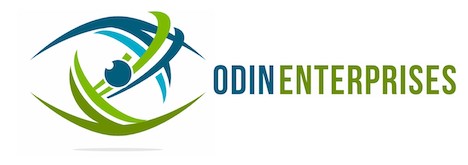Social Media Usage…Does Your Organization Understand the Risk?
Social media risk is one of the fastest growing threats for all organizations. In social media, there are risks of sharing data and information in violation of applicable laws and regulations, including trademark and copyright infringement, data security, privacy rights, and mismanagement of electronic communications. There is no single solution to making social media use safer. All roads lead back to ‘preparedness,’ which means understanding how social media is used specifically within your organization, designing policies and protocols to prevent or mitigate exposure, and then training people on expectations for social media usage in both peacetime and in crisis.
There are many social media-related threats to which every organization is vulnerable. A compounding factor is social media’s capacity to accelerate to other risks, such as financial risk associated with disclosures in violation of Securities and Exchange Commission rules, for example. Other risks inherent to social media include intentional and unintentional information leaks, hacks of social media accounts, reputational damage to brand, privacy and confidentiality breaches, non-compliance with regulatory requirements, third-party and governance risks, and more.
The process of developing a culture of social media preparedness within an organization begins with having an understanding of ‘what can go wrong.’ This can be accomplished through a comprehensive assessment of current social media practices. A social media risk assessment is a thorough examination of all social media-related risks an organization faces and the current measures in place to help prevent or mitigate them. This assessment will raise awareness of how well the organization aligns with industry best practices, as related to social media usage and risk.
It’s important to note that assessments will differ depending on the size of the organization and the scope of its social media presence. When assessing current social media practices, the following should be considered:
- Marketing/PR usage
- Employee engagement
- Brand protection
- Oversight
- Monitoring
- Data security
- Social media use in crisis or disaster
In short, once your organization understands the complexity of its social media landscape and defines the potential risks targeting it, actions to reduce the threat or resulting damage can be addressed through polices and protocols designed to prevent and mitigate exposure. So, whether your organization is public or private, an assessment of social media practices will demonstrate leadership’s commitment to the social safety of your organization and better position it to identify, mitigate and respond to any social threat that arises. If you haven’t already identified your risks, the time is now to do so!

